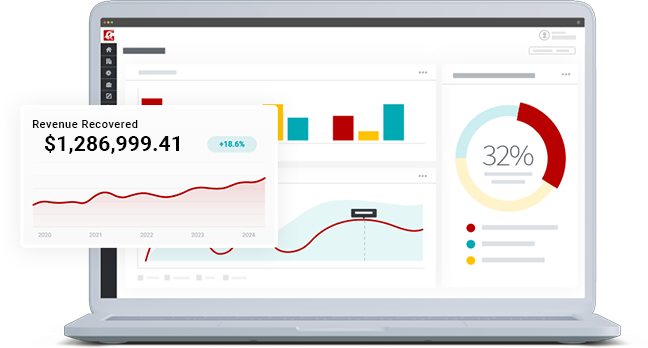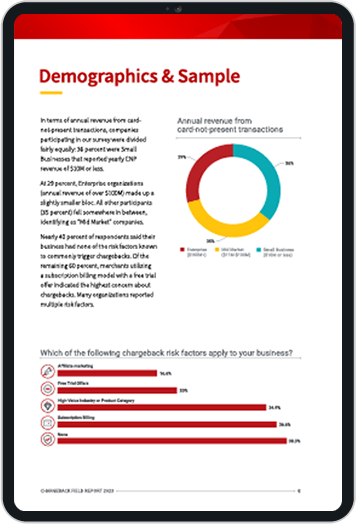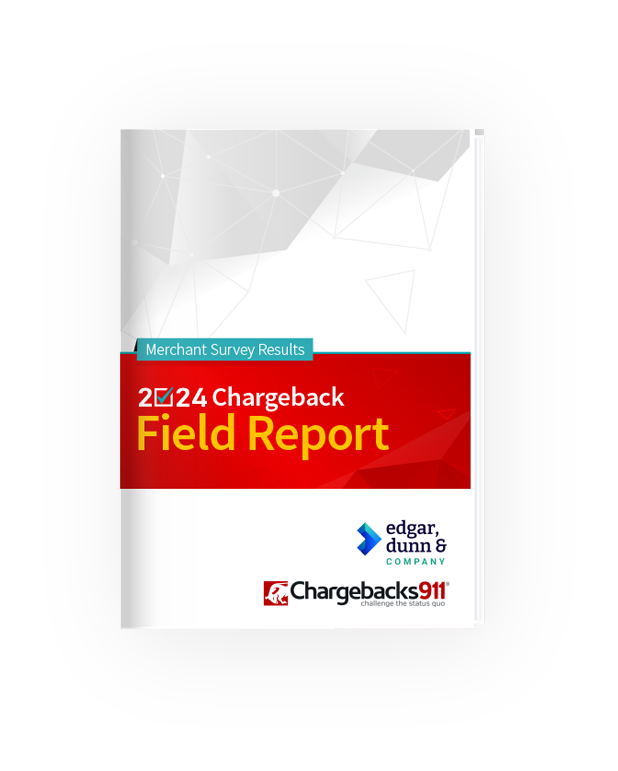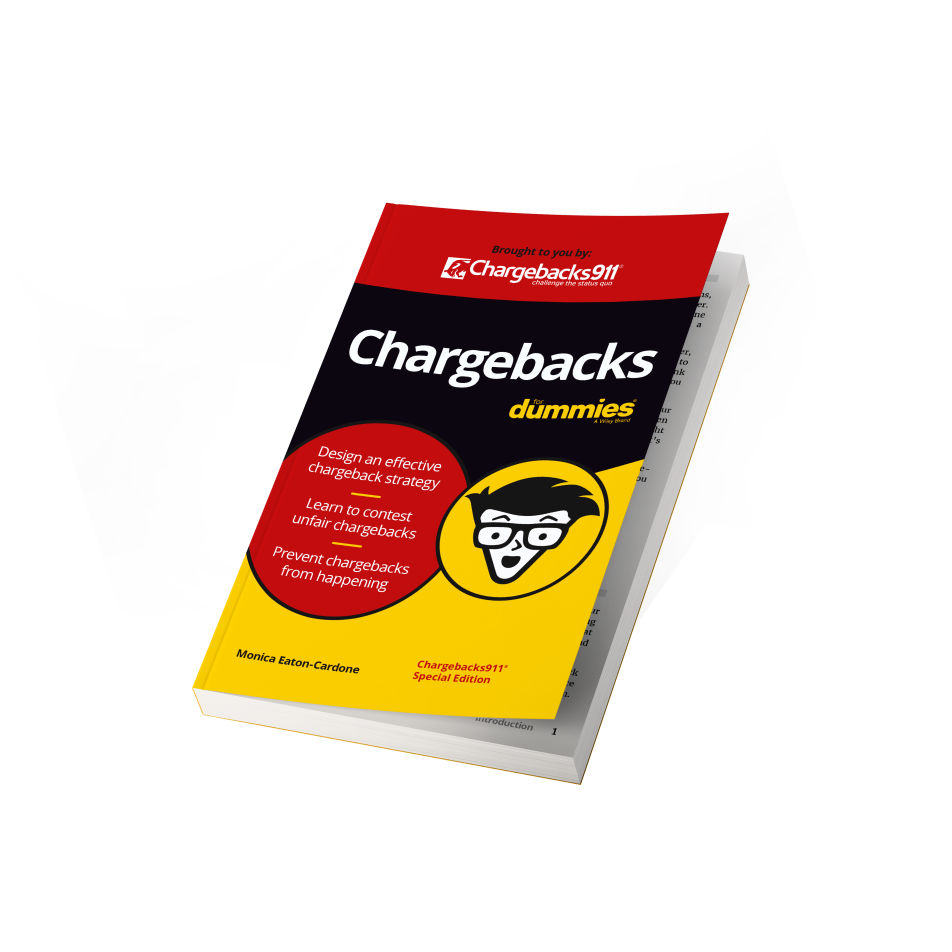Is Revenue Recovery Worth the Effort? How Much Can You Really Get Back?
The difference between earning revenue and recovering it is that the latter involves money that is already yours… but, for whatever reason, you don’t have it.
This may be money that needs to be reclaimed or collected; money that rightly belongs to you that you’re trying to get ahold of. Or, it could be funds you’re losing through some “leak” in your internal processes. In that case, you’re simply trying to plug the leak.
Let’s talk about where potential revenue leaks may be, and go over some tips for reclaiming money you’re owed. Finally, we’ll provide a few pointers to ensure that all available income streams are accounted for and the funds collected.
Recommended reading
- Prevent Double Refund Chargebacks & Unnecessary Losses
- Chargeback Ratio: 8 Important Things to Know in 2025
- What’s an “Acceptable” Chargeback Rate? Why Does it Matter?
- Chargeback Automation | Better Dispute Management
- Chargeback Accounting: How it Works | Tips & Best Practices
- Chargeback Reduction Plan: a Guide to Develop Your Strategy
What Is Revenue Recovery?
- Revenue Recovery
Revenue recovery is a blanket term for the efforts you put into getting (or keeping) money that should be yours. This can include revenue lost to chargebacks, merchant error, delinquent accounts (collections), and more.
[noun]/re • və • no͞o • rə • kə • və • rē/
“Revenue recovery” can mean a lot of different things. Take chargebacks, for example; you actually had the money in-hand (or at least in your bank account) and it was pulled back out for reasons beyond your control. So, by submitting a response to the chargeback, you’re hoping to recover your revenue.
In other situations, the money is owed to you, but not available to you. In other words, you’ve delivered on your end of a transaction, but the buyer hasn’t paid. That “not paying” thing could be due to intentional fraud. But, it could also stem from a goof on your part, like a misfiled invoice that was never sent.
Retrieving money lost to internal missteps, mismanaged vendors, or unnecessary fees would all be considered revenue recovery.
To sum it up neatly: revenue recovery is any effort you dedicate to retaining money that should be yours.
Debt collection and debt recovery are related revenue recovery, but they’re not quite the same thing. Debt collection is when you try to collect from anyone who owes you money. Debt recovery is the same thing, except you hire a revenue recovery specialist to collect the debt on your behalf.
What Causes Revenue Loss?
Avoidable revenue loss can be caused by a variety of factors, including uncollected or failed payment, vendor mismanagement, chargebacks or fraud, or lost renewals and involuntary churn.
Plans for recovering revenue and stemming future losses will depend on how and where you’re losing money.
Hypothetical Causes of Subscription Revenue Loss
This chart is provided for illustrative purposes only. Actual data may vary significantly depending on context.
The primary source of revenue loss will be different for each business. But, here are a few of the most common problem areas affecting eCommerce merchants:
Got chargeback problems?
Recovering revenue lost to chargebacks is good. Not getting chargebacks in the first place is even better. We can help.
Request a Demo
Strategies for More Effective Revenue Recovery
So what’s the best way to go about recovering revenue? First, you need a plan. Here’s a general overall strategy to help you detect and resolve losses.
Chargeback & Dispute Management
Let’s start from the top with the most damaging drain on your resources. Chargebacks have no upside, so you’ll want to nip this in the bud first.
- Deploy Chargeback Alerts: Chargeback alerts notify you of disputes as they happen, giving you an opportunity to resolve them before they escalate.
- Submitting Dispute Responses: Automating key facets of your response, like using pre-built templates to structure compelling evidence, can make the process faster and more effective.
- Improve Customer Communication: "Friendly fraud" often happens due to misunderstandings. Proactive communication can drastically reduce these cases.
Payment Optimization & Recovery Tools
Failed payments are among the most common sources of revenue leakage. Capturing more buyers means less revenue lost:
- Using Automated Updaters: Credit cards expire, get replaced, or are canceled. Automated card updater tools keep payment details updated, reducing failed transactions.
- Smart Retry Logic for Declines: Retrying payments at optimized intervals, or incorporating machine learning predictions, let you retry card when they’re more like to be approved.
- Alternative Payment Methods: Providing multiple payment options (Apple Pay, BNPL, bank transfer, etc.) means buyers can complete transactions in multiple ways.
Subscription & Retention Strategies
Losing subscribers due to failed payments or voluntary churn can be expensive. Focus on these strategies to keep your subscribers engaged and paying:
- Dunning Management: Tools like Recurly or Chargebee can send polite reminders and follow-ups to prompt payment resolution without straining customer relationships.
- Personalized Engagement: Sending personalized recommendations, offering meaningful incentives like discounts or exclusive content, and conducting satisfaction surveys all help retain buyers.
- Offer Flexible Billing Options: Rigid payment structures can drive customers away. Let them choose monthly, quarterly, or annual billing, or even to pause memberships (instead of canceling).
Fraud Prevention to Protect Revenue
Fraud is a costly source of revenue loss. Everyone knows that. But, by leveraging advanced tools and strategies, you can take a proactive stance toward revenue recovery:
- AI-Driven Fraud Detection: AI-powered fraud systems use machine learning to learn patterns and analyze historical transaction data to identify and flag suspicious activity.
- Identity Verification: You need tools that can verify the legitimacy of customer profiles. Combine these with velocity checks to monitor and flag repeated transaction attempts.
- Blacklist Repeat Offenders: Creating and maintaining a blacklist of fraudulent users can help prevent repeat offenses. Many fraud prevention platforms offer automated blacklist sharing and updates.
Auditing & Analysis
You can’t just set any tool or tactic in place and then forget it. You need to conduct ongoing testing and auditing to fine-tune as you go.
- Perform Regular Overviews: Conduct a comprehensive financial audit of your entire operation. I’m talking about sales, billing, expenses… everything.
- Review Contracts With Suppliers and Vendors: Try to identify unused services you’re still paying for, or places you might be able to work a better deal. Also take a look at your current transactions and agreements for any better deals to be made.
- Conduct Annual Risk Assessments: Evaluate potential risks and vulnerabilities to your company's financial health, including the possibility of fraud or embezzlement.
Leveraging New Technologies for Revenue Recovery
Automation and AI play a key role in streamlining business operations. The use of automation tools to optimize payment processes and AI-enabled CRMs to enhance customer relationship management are just two examples.
We touched on advances in AI and machine learning (ML) up above. But, I want to really drive home how this tech has given you the power to predict, prevent, and mitigate losses for more effective revenue recovery.
By feeding historical business data into machine learning algorithms, you can forecast potential risks like customer churn or revenue dips well before they happen. For instance, AI-driven customer retention models identify at-risk customers using behavioral data, purchase patterns, and engagement history. Predictive insights can trigger personalized campaigns, aimed at retaining valuable clients before they leave.
AI also enables real-time monitoring of financial transactions, identifying anomalies or fraudulent behavior instantly. It also continuously evolves as it gathers more data, improving its fraud-detection accuracy over time. You can reduce fraud costs while preventing high false-positive rates that can disrupt legitimate customer transactions.
Automation tools integrated into payment platforms can reconcile invoices, process refunds, and flag anomalies without human intervention. This minimizes revenue loss due to delays, mismanagement, or unaccounted expenses. Similarly, AI-enabled CRMs provide businesses with 360-degree visibility into customer interactions. They use AI to automate ticket assignments, recommend optimal resolution strategies, and escalate high-priority cases.
Measuring Success in Revenue Recovery
Success in revenue recovery can be gauged based on multiple KPIs, including revenue recovery rate, chargeback ratio, fraud detection rates, recovery time, etc.
Revenue recovery follow up is crucial. It’s also where a lot of merchants drop the ball. Once all the pieces are in place, accurate payment tracking and analysis is a must.
There are multiple KPIs you’ll need to look at:
Over time, analysis and fine-tuning will help you optimize your results. You might want to consider a revenue recovery service to at least get you started.
Of course, all of your efforts to recover lost revenue are better spent on preventing those losses in the first place. Chargebacks, in particular, can cost you a lot, but there are ways to prevent and recover lost revenue.
Chargebacks911® has a wealth of experience-based knowledge and expertise in cost-effective prevention and risk mitigation. Our experts can help you discover the true sources of all your chargebacks, and implement an end-to-end management strategy to retain revenue and prevent future disputes. Contact us today to learn more.
FAQs
What is recoverable revenue?
Recoverable revenue refers to monies lost or uncollected due to inefficiencies, human errors, customer churn, or fraud and chargebacks.
Is debt recovery the same as debt collection?
No. While the end goal is the same, debt collection is something that you, as a merchant, do for yourself; debt recovery is when you hire someone else to collect the debt on your behalf. Both fall under the umbrella of “revenue recovery.”
What is a revenue recovery rate?
A KPI representing what percentage of a merchant’s missing receivables is reclaimed.
What is a good recovery rate?
Obviously, the ideal recovery rate would be 100%. Most merchants, however, accept that 60-80% is a realistic rate. That number can go up or down based on specifics.














